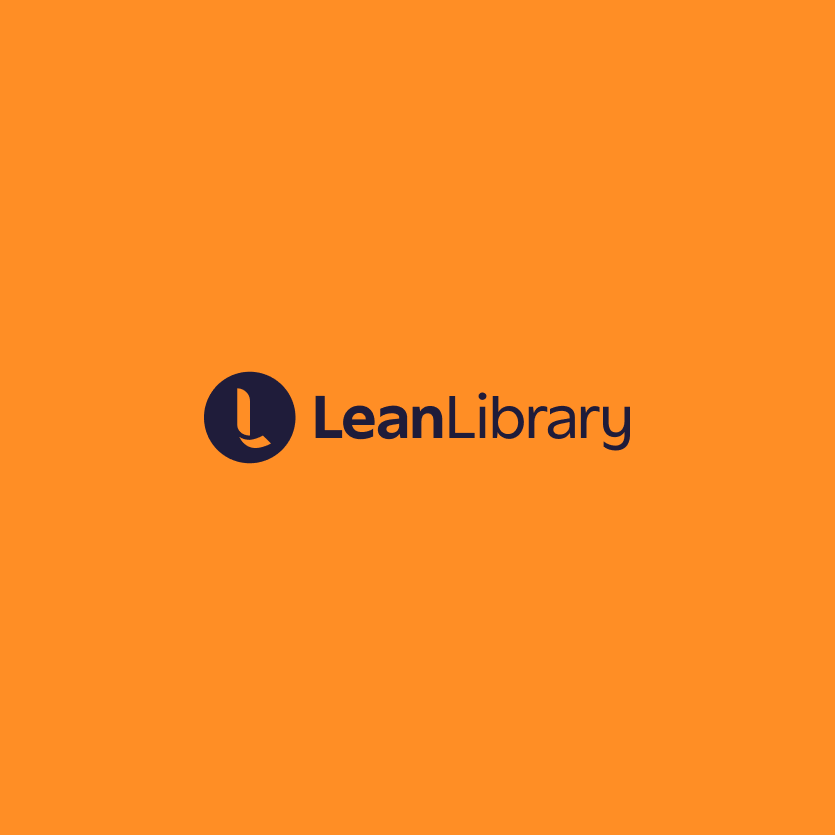Talis Elevate Case Study: University of Lincoln
Assessing student understanding of historiographical debates with Dr Robert Portass, Lecturer in Medieval History at University of Lincoln
Assessing student understanding of historiographical debates with Dr Robert Portass, Lecturer in Medieval History at University of Lincoln

Students would routinely come to my classes on medieval history having read the primary sources I had set for a given week’s seminar and perhaps a chapter or two of a textbook on the reading list. This provided a solid basis for discussion when looking at the primary sources; but I noticed that we often ran into the same problem when trying to build outwards from the sources to more general interpretations.
In short, students were often unsure how and why historians had somehow arrived at very different conclusions having examined the same primary sources – in fact, the ‘jump’ from primary source analysis to synthesis seemed something of a mystery to them. I was concerned that this difficulty was going to constrain their development as historians and I wanted to find a way to help them understand the process of ‘doing history’. This is when I had the idea of using Talis Elevate to formally assess the students’ understanding of how historians constructed their contributions to historiographical debates.
The methodology I chose to use when setting up my Talis Elevate assessment was deliberately simple. I asked each student to write four 100- to 150-word comments in response to a landmark article (using Talis Elevate) which had offered a bold, revisionist interpretation of a major historiographical debate. I then asked students to do the same with another article published as a ‘response piece’ to the original article. This allowed me to see how much of the debate the students understood – precisely because it obliged them to consider what the historians in question were actually arguing about, and how those same historians interpreted primary sources differently. Even better, this assessment allowed me to see how well students understood how historians engage with (and indeed rebut!) each other’s conclusions.
Student feedback on the assessment and its role in helping them understand how historians weave primary source analysis into overarching arguments and narratives was very positive. One student, for instance, noted that:
“Before this module I struggled with primary source analysis, however I now feel more confident.”
The external examiner and the Director of Teaching and Learning at my institution both commented on the success of using Talis in this way, the latter stating:
“While a number of colleagues made extensive use of Talis Elevate to support students during the pandemic, Dr Portass went a step further, using it in a highly innovative manner as a means of assessing student engagement, the first such instance of which I am aware anywhere, never mind in Lincoln.”
“One of the things that stands out to me about Talis Elevate is not just that it gives educators a better sense of how their students are performing but that it actively increases the confidence of very many students by providing them with tangible proof that they and their peers, in dialogue, can engage in high-level study.”
Dr Robert Portass
I will continue to use Talis Elevate for the purposes described above. Moreover, I have discussed implementing similar assessments with colleagues who work in very different fields.
We’d like to thank Dr Robert Portass for providing this case study on his use of Talis Elevate.
Find out more about Talis Elevate.
If you’d like to receive a product demo, get in touch.



